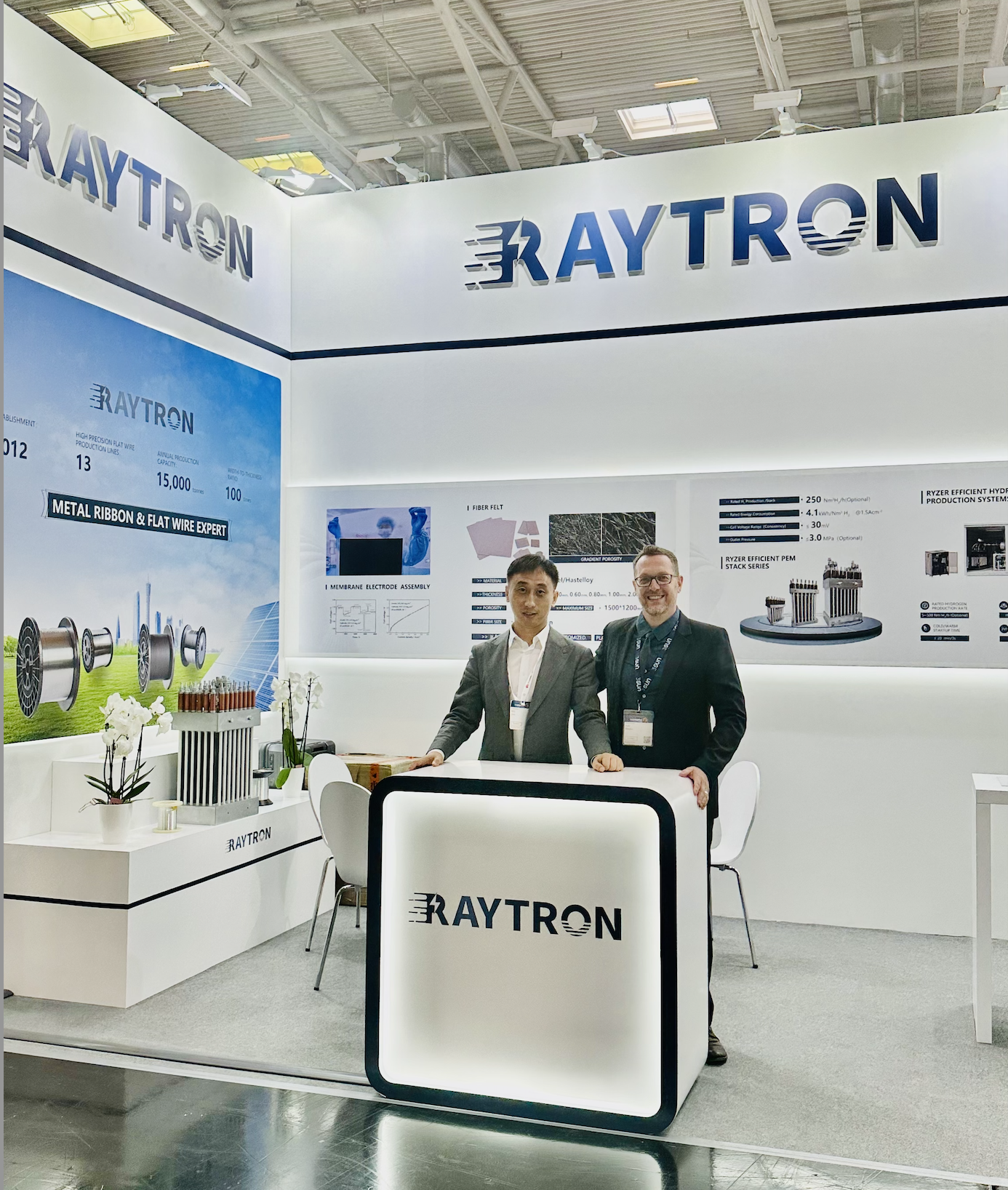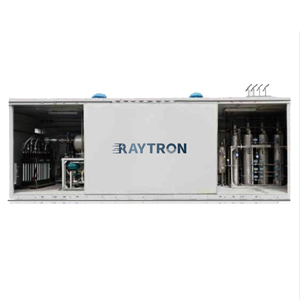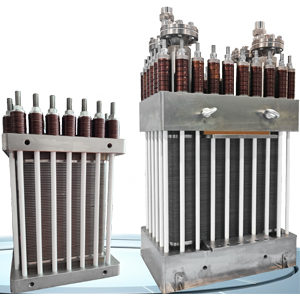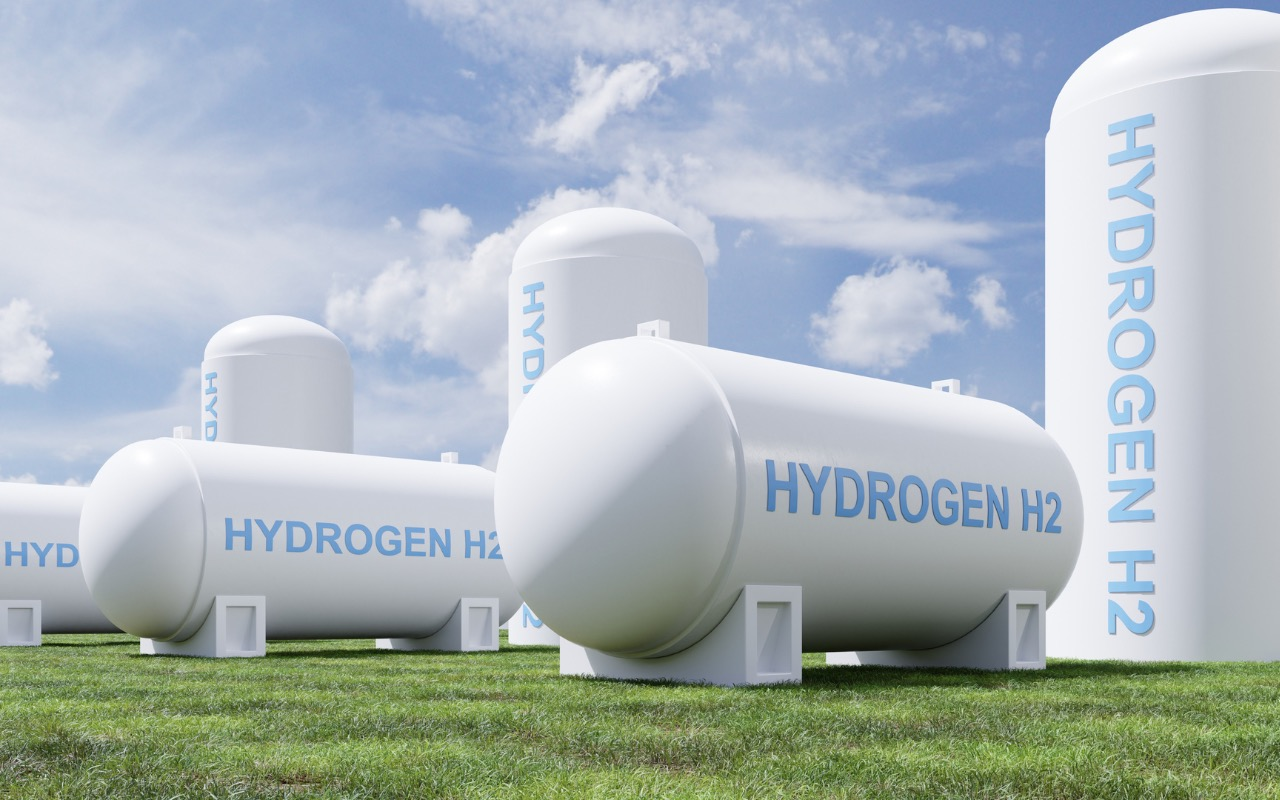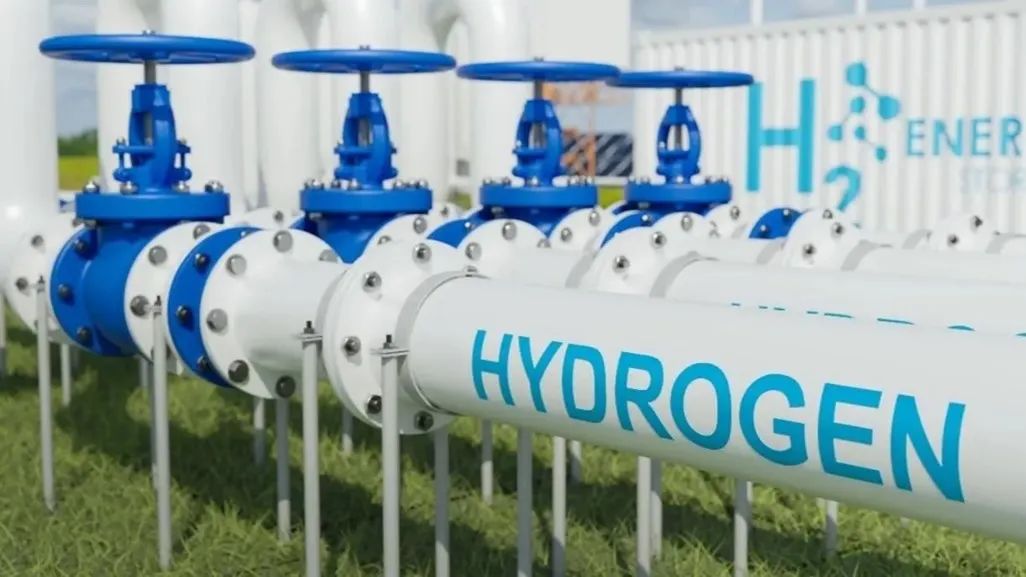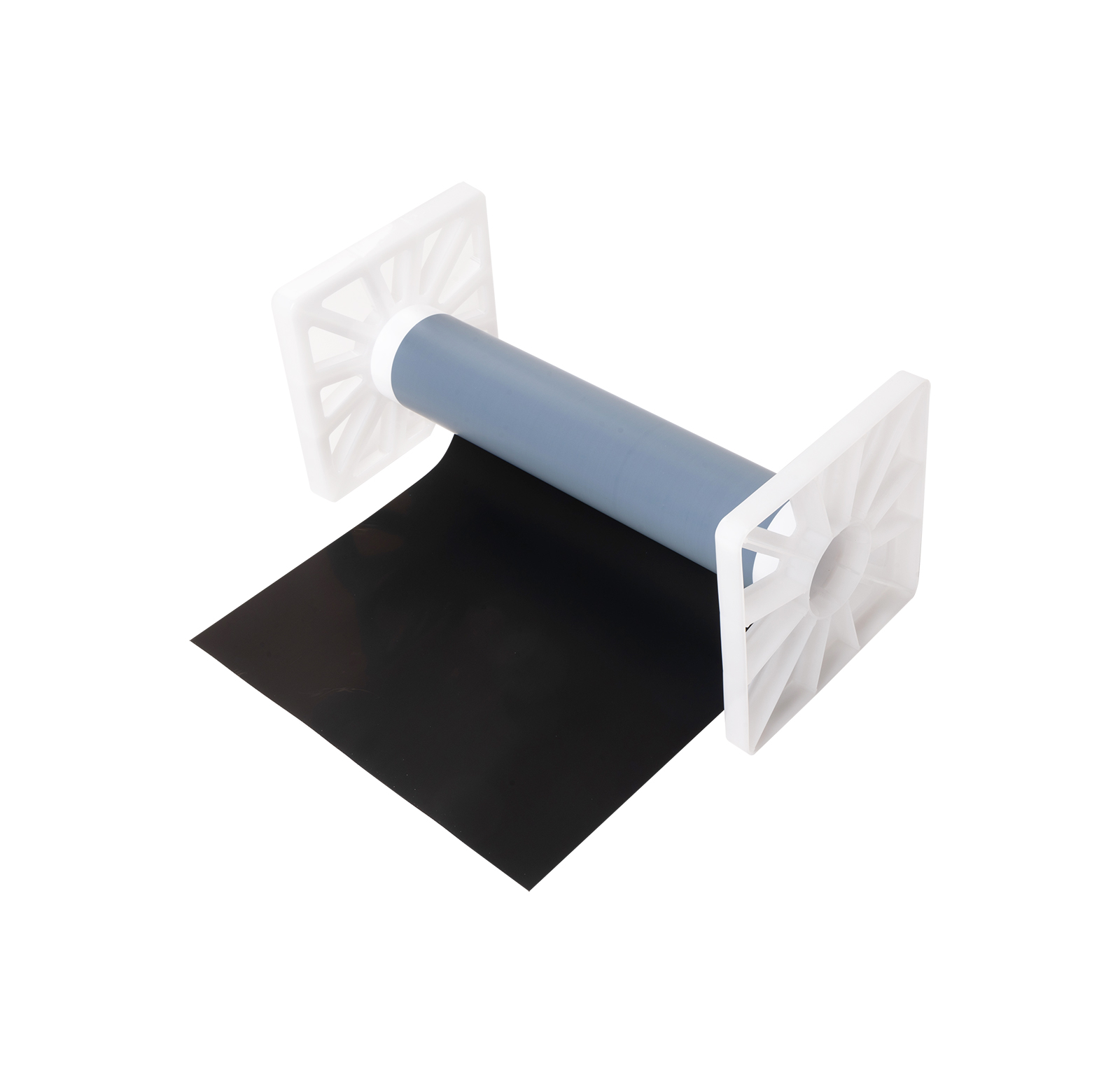Introduction
Hydrogen production is a key focus for the future. It promises clean energy and reduced carbon emissions. However, by 2025, several challenges must be addressed. These include technological, economic, and regulatory hurdles. This article explores the major challenges in hydrogen production by 2025.
Technological Challenges
Efficiency of Electrolysis
Electrolysis is a primary method for hydrogen production. Current systems have limited efficiency. Improving efficiency is crucial for cost-effectiveness. Research is ongoing to enhance electrolyzer performance. New materials and designs are being tested. High efficiency will make hydrogen more competitive.
Durability of Electrolyzers
Electrolyzers must withstand harsh conditions. Durability is a significant concern. Frequent maintenance increases operational costs. Developing long-lasting materials is essential. Advances in membrane technology are needed. Durable electrolyzers will reduce downtime and expenses.
Integration with Renewable Energy
Hydrogen production often relies on renewable energy. Solar and wind power are intermittent. This poses challenges for consistent hydrogen production. Energy storage solutions are necessary. Efficient integration will ensure steady hydrogen supply. This is vital for large-scale adoption.
Economic Challenges
High Capital Costs
Initial investment in hydrogen production is high. Electrolyzers and infrastructure are expensive. Reducing capital costs is critical. Economies of scale can help lower prices. Government incentives can also play a role. Affordable hydrogen will drive wider adoption.
Operational Costs
Operational expenses are another barrier. Energy consumption is a major cost factor. Maintenance and labor add to the expenses. Reducing operational costs is essential. Efficient systems and automation can help. Lower costs will make hydrogen more viable.
Market Competition
Hydrogen competes with other energy sources. Fossil fuels are still cheaper in many regions. Hydrogen must become cost-competitive. Market dynamics will influence its adoption. Policies favoring clean energy can help. Competitive pricing is crucial for success.
Regulatory and Policy Challenges
Lack of Standardization
Hydrogen production lacks global standards. This hinders international trade and cooperation. Standardization is needed for safety and compatibility. Regulatory bodies must establish clear guidelines. Uniform standards will facilitate market growth. This is essential for global adoption.
Insufficient Infrastructure
Infrastructure for hydrogen is underdeveloped. Production, storage, and distribution networks are limited. Building infrastructure requires significant investment. Public-private partnerships can accelerate development. Robust infrastructure is key to hydrogen’s success. This will support widespread use.
Policy Support
Government policies play a crucial role. Incentives and subsidies can drive investment. Clear regulations are needed for safety and environmental protection. Policy stability is important for long-term planning. Supportive policies will encourage industry growth. This is vital for overcoming barriers.
Environmental Challenges
Carbon Emissions
Current hydrogen production methods emit carbon. Steam methane reforming is a major contributor. Reducing emissions is essential for clean hydrogen. Carbon capture and storage can help. Transitioning to green hydrogen is crucial. This will minimize environmental impact.
Water Usage
Electrolysis requires significant water. Water scarcity is a growing concern. Efficient water use is necessary. Recycling and alternative sources can help. Sustainable practices will ensure long-term viability. This is important for environmental sustainability.
Waste Management
Hydrogen production generates waste. Managing waste is a challenge. Proper disposal and recycling are needed. Developing eco-friendly processes is essential. Effective waste management will reduce environmental impact. This is crucial for sustainable production.
Social and Cultural Challenges
Public Acceptance
Public perception of hydrogen varies. Safety concerns are a major issue. Educating the public is necessary. Transparent communication can build trust. Public acceptance is vital for adoption. This will support the growth of hydrogen technologies.
Workforce Development
The hydrogen industry requires skilled workers. Training programs are needed. Developing a skilled workforce is essential. Collaboration between industry and academia can help. A capable workforce will drive innovation. This is crucial for industry growth.
Global Cooperation
Hydrogen production is a global endeavor. International collaboration is necessary. Sharing knowledge and resources can accelerate progress. Global partnerships will enhance technology transfer. Cooperation is key to overcoming challenges. This will support the global hydrogen economy.
Case Studies
Germany’s Hydrogen Strategy
Germany is a leader in hydrogen production. The country has a comprehensive hydrogen strategy. Investments in electrolyzers and infrastructure are significant. Germany aims to be carbon-neutral by 2045. The strategy includes research and development. Germany’s approach serves as a model for others.
Japan’s Hydrogen Society
Japan is pioneering the hydrogen economy. The country focuses on hydrogen for transportation. Investments in fuel cells and infrastructure are substantial. Japan aims to reduce reliance on fossil fuels. The hydrogen society concept is gaining traction. Japan’s efforts highlight the potential of hydrogen.
United States’ Hydrogen Program
The U.S. has a robust hydrogen program. The Department of Energy supports research and development. Investments in electrolyzers and fuel cells are significant. The program aims to reduce carbon emissions. The U.S. is a key player in hydrogen innovation. This supports global hydrogen production efforts.
Conclusion
Hydrogen production faces several challenges by 2025. Technological, economic, and regulatory hurdles must be addressed. Environmental and social factors also play a role. Overcoming these challenges is essential for hydrogen’s success. Collaboration and innovation will drive progress. Hydrogen has the potential to transform the energy landscape.
References
- International Energy Agency. (2021). The Future of Hydrogen.
- U.S. Department of Energy. (2020). Hydrogen and Fuel Cell Technologies Office.
- European Commission. (2020). A Hydrogen Strategy for a Climate-Neutral Europe.
- National Renewable Energy Laboratory. (2019). Challenges in Hydrogen Production.
- BloombergNEF. (2021). Hydrogen Economy Outlook.
This article provides a comprehensive overview of the challenges in hydrogen production by 2025. It highlights the key issues and potential solutions. Addressing these challenges is crucial for the future of hydrogen. Hydrogen has the potential to play a significant role in the energy transition. Overcoming these hurdles will ensure its success. This will support a sustainable and low-carbon future.

